The earliest printing method came up around the year 200 in China. Back then, wooden blocks were carved and arranged, inked and then printed. Since then the printing process was adjusted and improved via new and more accurate methods that made it more and more easy to reproduce bigger editions and thus distribute information and knowledge faster among the people. For all these printing techniques from litography, letterpress, offset to screen printing it is and always was necessary to create some kind of model like a set of letters, printing plates, stencils or a screen through wich color can be applied to various media like paper but also other applicable printing substrates.
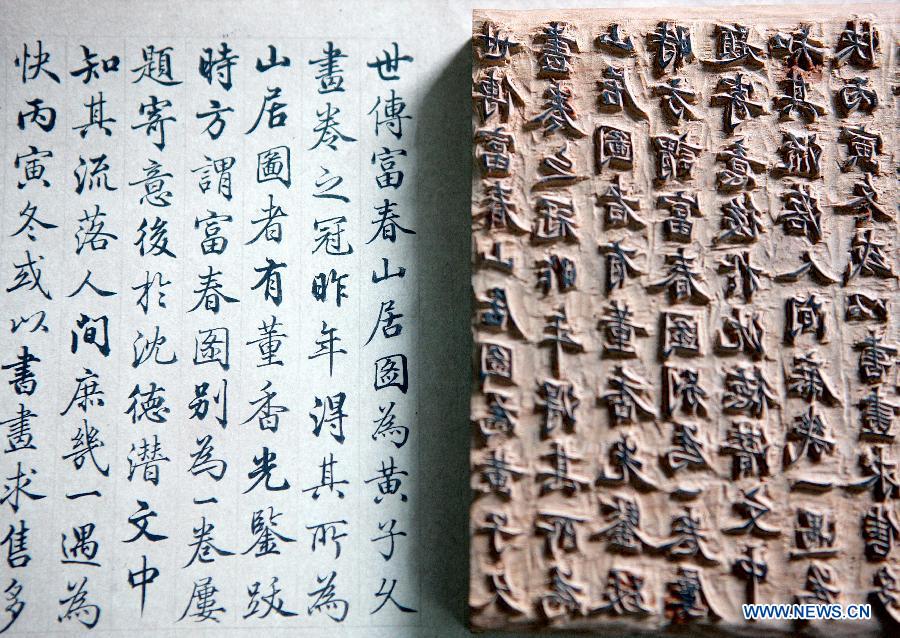
Every printing technique, where a model of the printing image is necessary belongs to analog printing methods. Digital printing on the other hand refers to methods where the data is directly transferred to the printer which then applies ink or toner particles to the paper. DDP or direct digital printing are most commonly electrography methods using ink jet or laser print technology. A major difference to analog printing methods is that within a single pass more colors like cyan, magenta, yellow and black can be applied to printing substrates. Additionally with digital printing the printing image can be adjusted and customised from one print to the next and thus small editions from 1 – 500 pieces can be printed more economically than it would be the case with analog printing methods where for each color another physical template like a printing plate needs to be produced for the separate printing runs.
In traditional letterpress, for example, a CMYK print of a photography would need four printing plates that are used in four passes for which the position of the print and the right amount of color needs to be adjusted for each run after which you have to clean the machine and fill in the next ink. The same would apply if you wanted to print a 4c photo using the screen printing method. In offset printing, you also need four printing plates, however most offset printing machines have four or more inking units through which the printing substrate will run subsequently.

For both, analog and digital printing methods the source of the printing image can be digital, though for analog printing methods you can also use „data“ from purely analog sourcese like wooden and leigh letters or hand carved linocuts for letterpress. For screen printing hand drawn foils and analog templates can be used to prepare the screens and analog films can also be used to produce printing plates for printing methods like letterpress or offset printing.
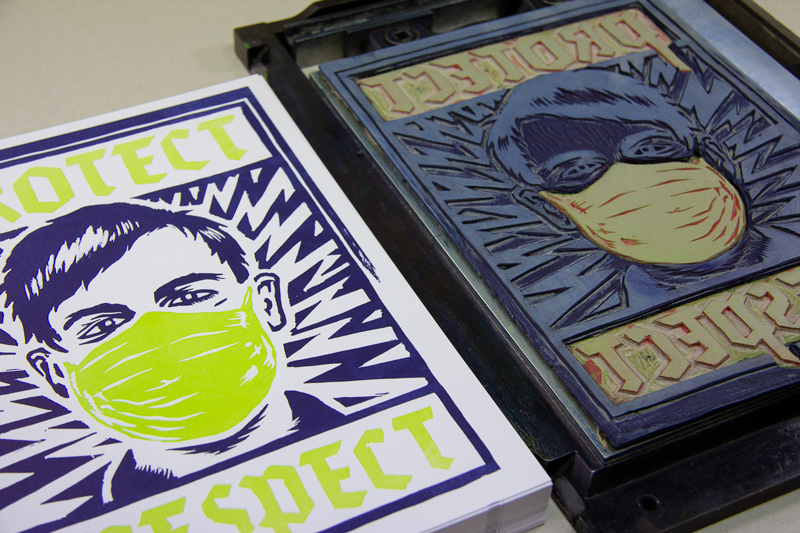
Advantages and disadvantages
The various characteristics of digital and analog printing techniques offer different advantages and disadvantages. As with digital methods the print image can be easily adjusted from one print to another, the biggest advantage of ink jet and laser print is the economic setup for small editions starting from one copy. For bigger editions from more than 500 copies, analog printing machines provide fast and highly accurate reproduction as soon as the machines are set up properly.
Besides economic considerations the various printing methods provide different features concerning the print:
Digital Print
Depending on the printing device, ink jets and laser printers may provide a bigger color space that can closely represent the RGB color space. Therefore digital printing methods are best to reproduce colorful photographies consisting of numerous pixels, though printing solid color (areas) may not provide satisfying results unless printed on prepared printing substrates like specially coated papers. Hp-Indigo printing machines offer another great feature, as with this digital printing method light colors can be printed on dark colored (primed) papers like white text on black paper. This can usually only be achieved using screen print or hot foils.
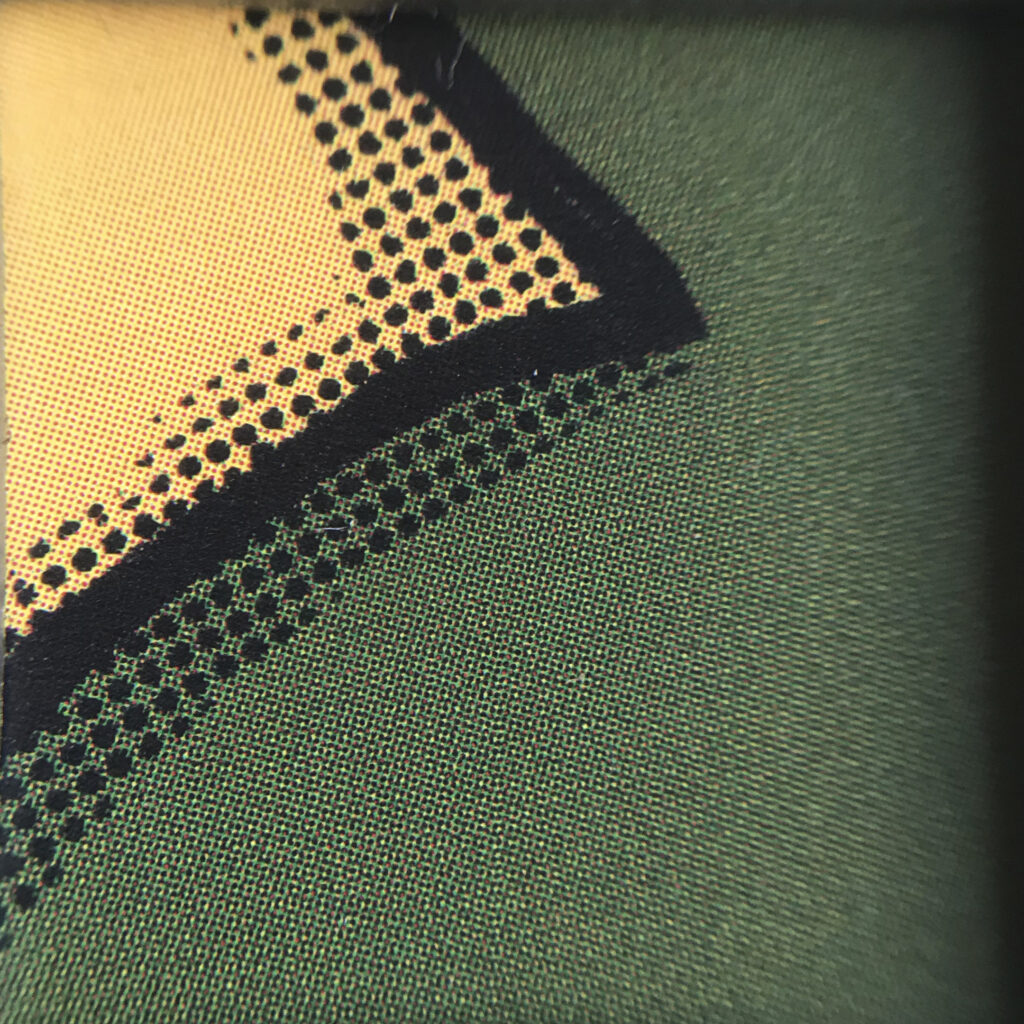
Analog Print
The various analog printing techniques, from offset, flexo or gravure printing over letterpress, screen print to risography also offer different advantages and disadvantages. While offset print features sharp prints and great solid color areas even on uncoated papers, letterpress printing (with hotfoil or color) nowadays is mainly used wherever the printing substrate is embossed, adding on the haptic value of the printed product. For both methods colors can be mixed by hand and thus especially spot colors can be printed providing high accuracy. In screen print colors can also be mixed and customised by hand, resulting in highly saturated long lasting color prints on various surfaces.


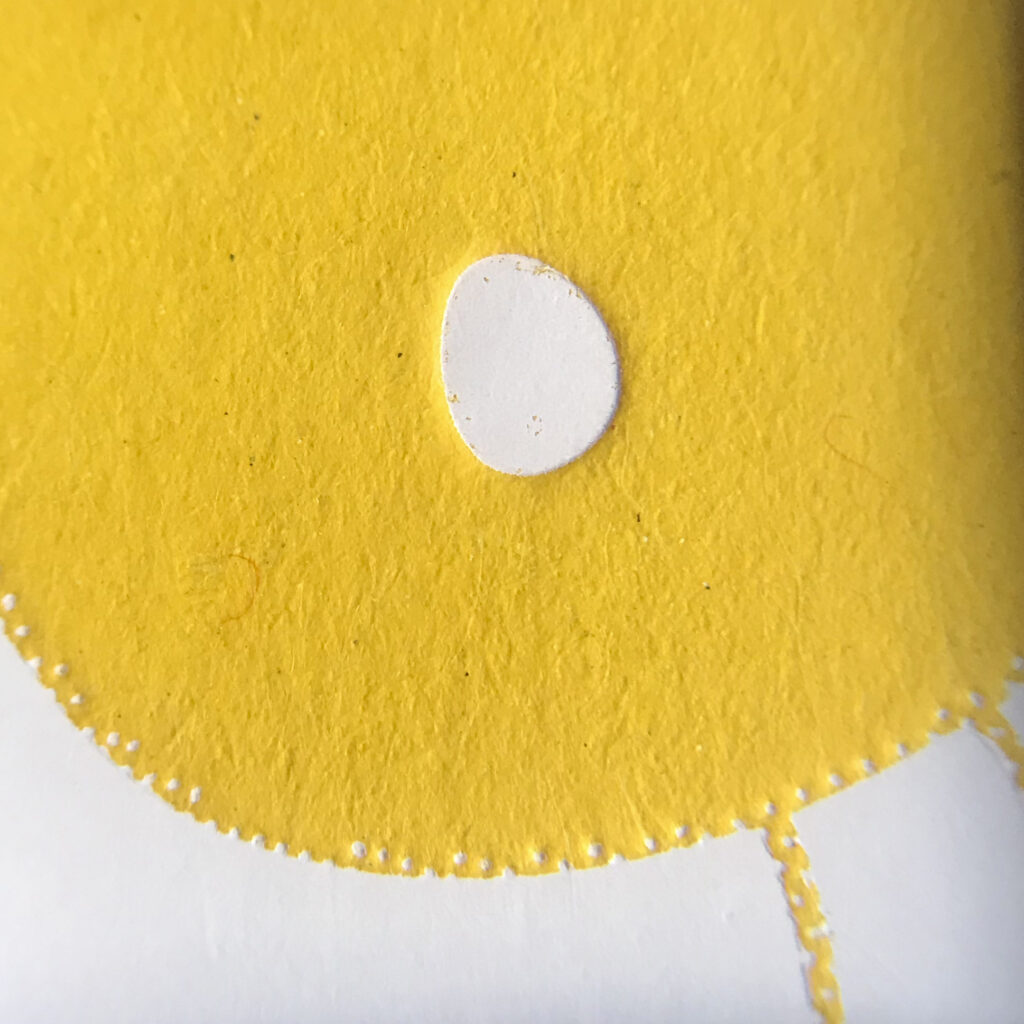
In analog printing however, the visual appearance from print to print may vary, resulting in more or less charming print effects and styles, especially when printing manually or in small editions where a proper preparation and set up of the printing machine is not applicable.
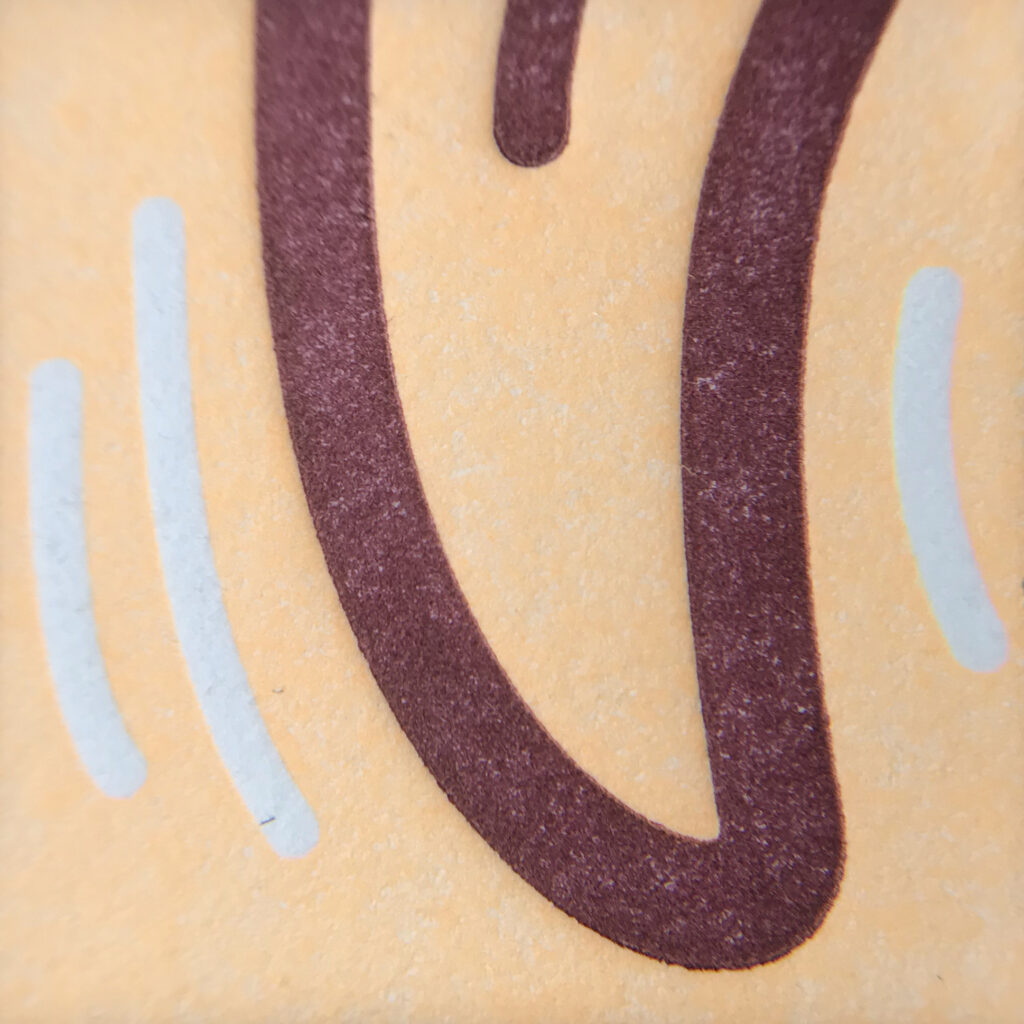
Finally besides the choice of the printing method, not only the number of copies but also various components in the printing process, like colors (e.g. transparent or opaque), features of the printing substrate (e.g. thickness, smoothness of surface, coated or uncoated papers) but also physical features of materials used for printing plates or stencils are to be considered for the accurate purpose and style of the final priting result.
Sources:
https://en.wikipedia.org/wiki/Printing
https://sites.google.com/site/historyofprinting/the-invention-of-wood-block-printing
https://de.wikipedia.org/wiki/Digitaldruck
https://www.derdruckoptimierer.at/offsetdruck-vs-digitaldruck/
https://de.wikipedia.org/wiki/Offsetdruck
https://www.wired.com/story/how-letterpress-printing-came-back-from-the-dead/